
The two groups of goslings have been doing a great job of cropping down the pasture. Using secure low tractors to contain them allows us to manage their grazing (and get our daily workout). And they are voracious grazers!
They are, in fact, getting so big (and grazing and pooping so much) that they’ve been split into 4 groups and it’s become necessary to move the tractors twice a day. These are heavy, solid, short mobile pens that require two reasonably strong people to move them…and when small waterfowl feet are involved, you do it very carefully.
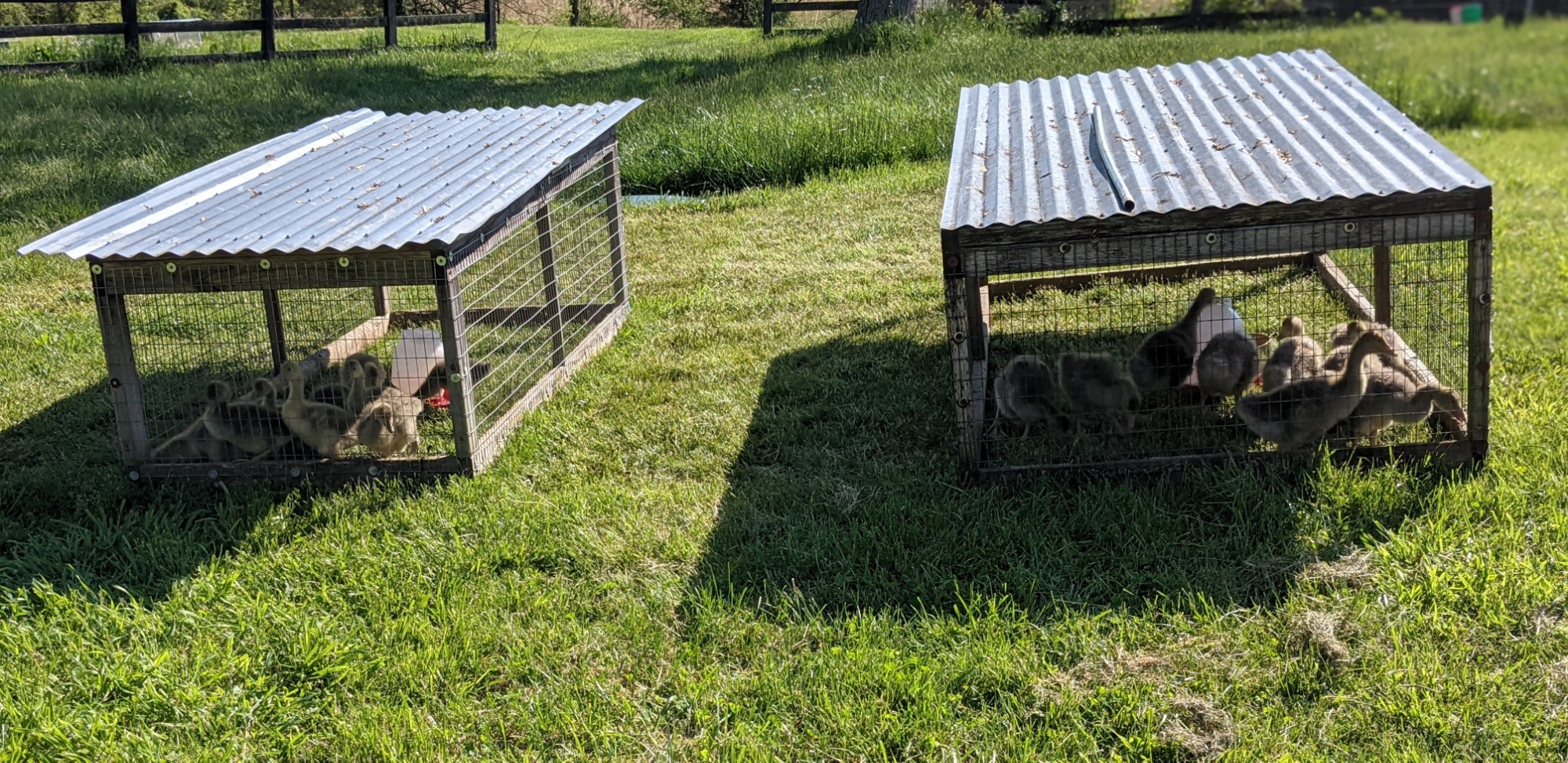
We’ve learned from moving tractors with both rabbits and various ages of poultry – these work well to isolate animals with attitude problems or injuries, too – that you must take your time, monitor the animals’ locations vigilantly as you move, and not set the tractor down (again, it’s very heavy) until you’re certain that no animal or body part is under it.
That may sound daunting, but the goslings and other animals quickly learn to stay away from the edges of the tractor and generally will walk with you as you relocate their abode. The goslings quickly learn the routine and immediately begin cropping down the fresh pasture as it appears under their feet – but they will, at times, stick their heads under the tractor frame to grab a bite of grass as we go, making it critically important to watch where they are as we move.
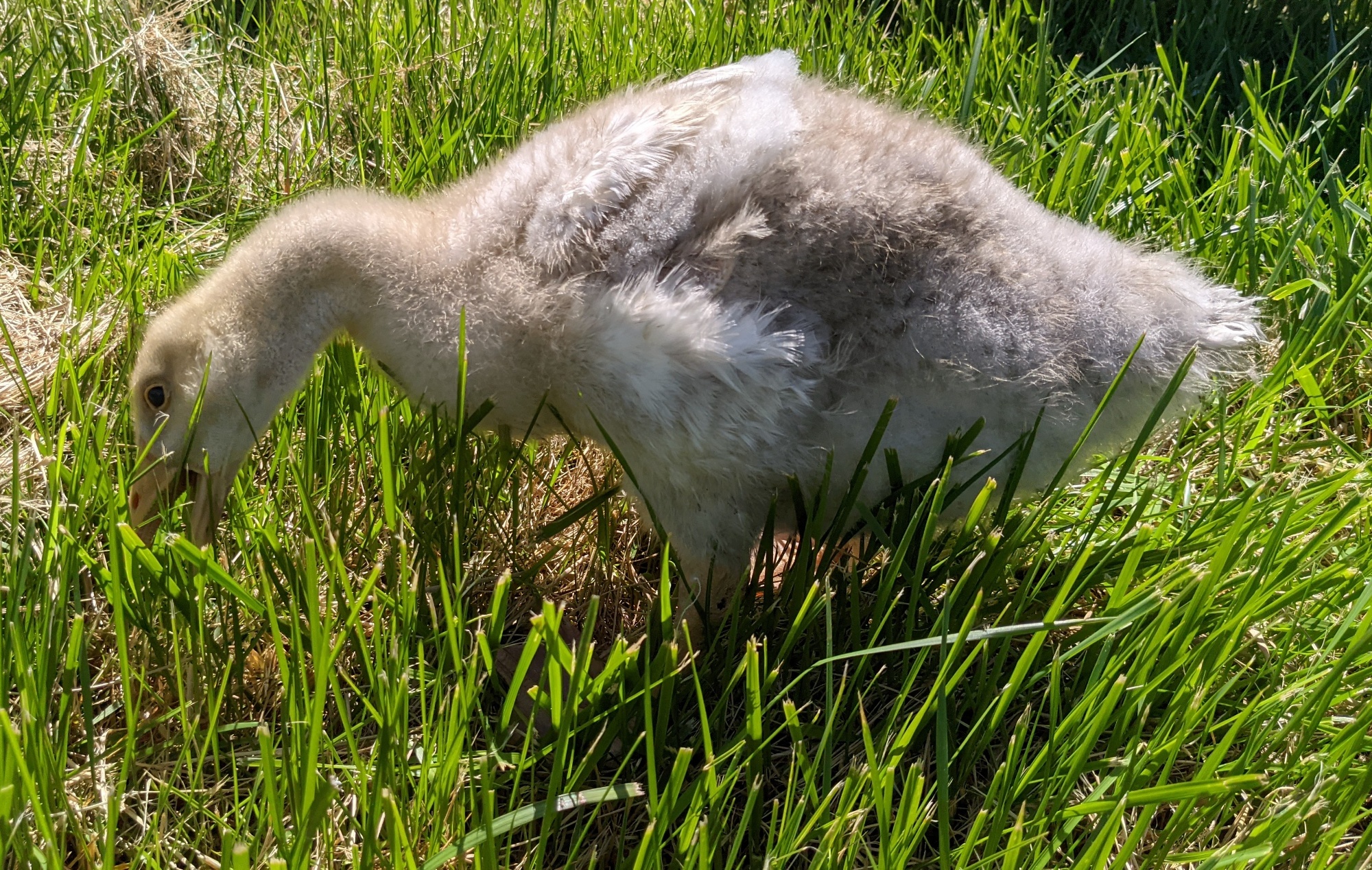
Besides keeping feed costs down – and the locally-sourced, non-GMO feed we buy has risen significantly in price over the last year – we know that the goslings are improving our pastures. In the areas where the chicken tractors (taller hoop tractors used to house poultry full-time) have been, the grass is thicker and greener.
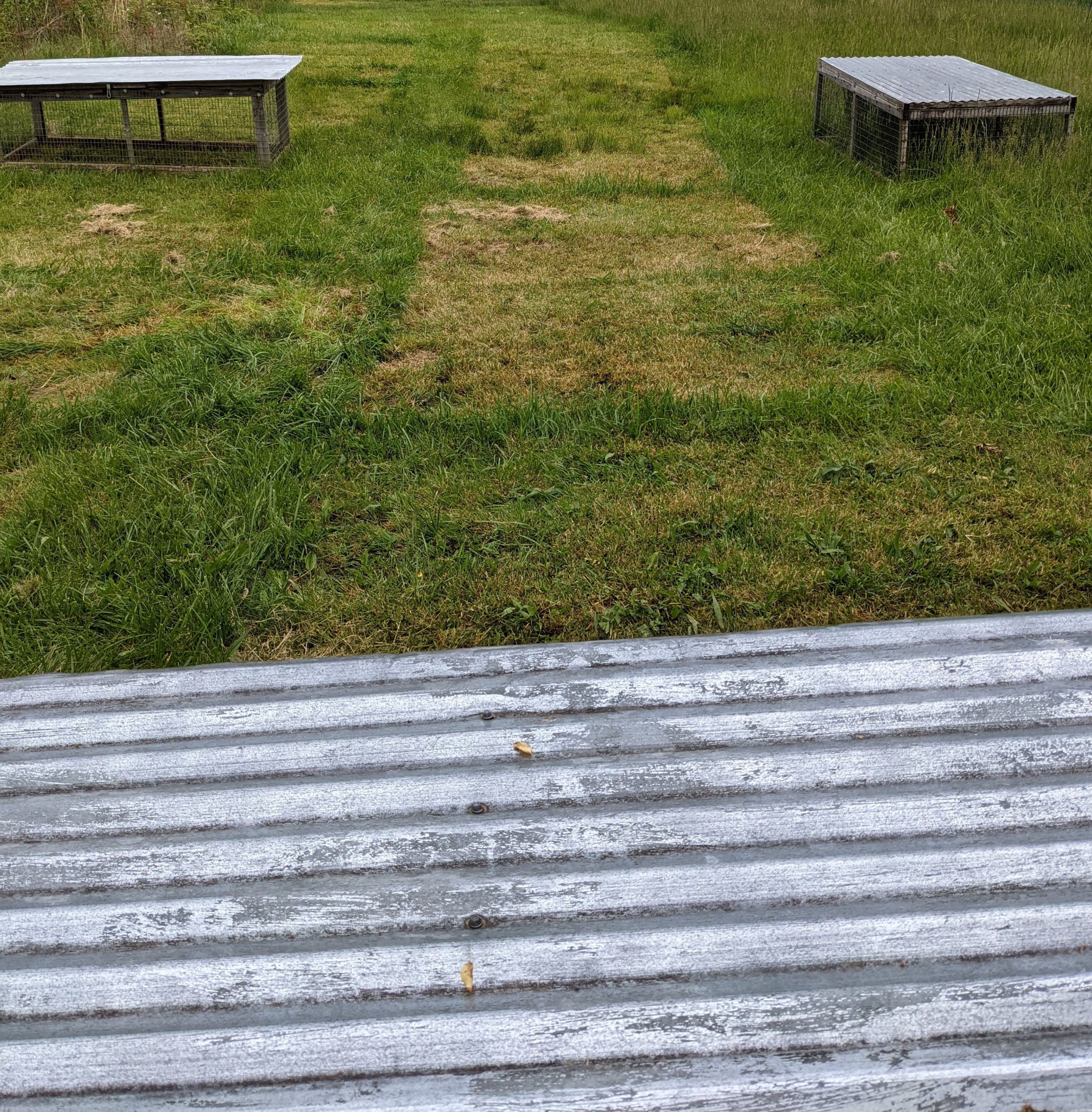
Even more amazing, where the chickens have missed scratch and BOSS thrown out to them as a treat, we’ve had oats and sunflowers grow. What’s better than a no-effort garden?
Because the goslings are in a fast-growth phase, we’re still supplementing their grazing with high protein feed (and insoluble grit, of course). We’ve noticed that they definitely choose grazing over eating their formulated feed, but I’d be loath to assume that they’d be gleaning all of the essential nutrients needed to support their optimal development just from pasture. As adults, however, I would expect to see the bulk of their nutrition garnered from the variety of greens in the pastures during spring and summer.
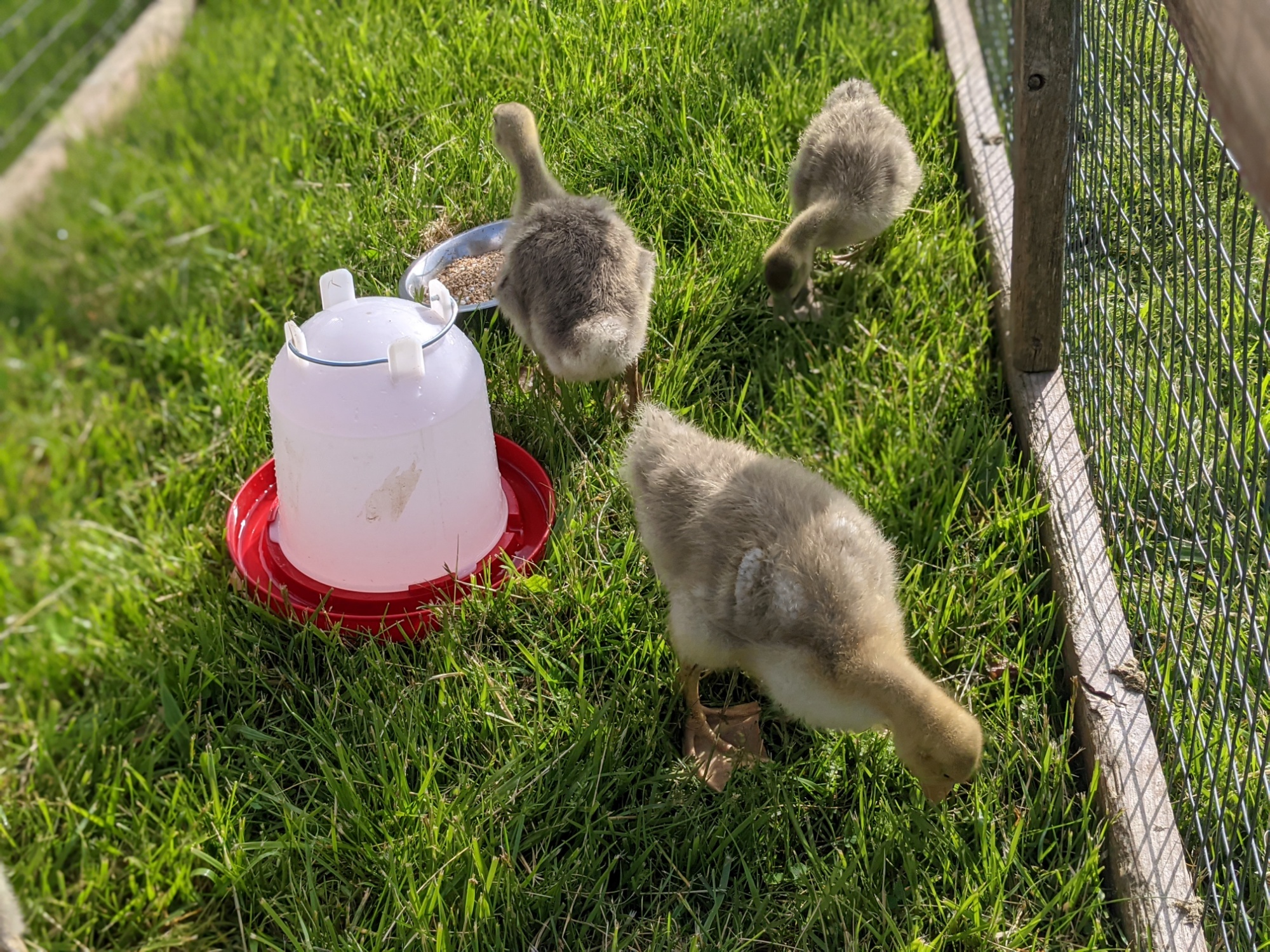
Incubating and raising geese is a true seasonal pleasure; geese only lay for a brief period, so goslings are here in only spring and early summer. Our human-imprinted goslings are always happy to see us, chatty, and simply a joy to behold: soft, fluffy, and warm mini footballs with goofy flipper feet. And you haven’t seen a “zoomie” like a gosling zoomie!
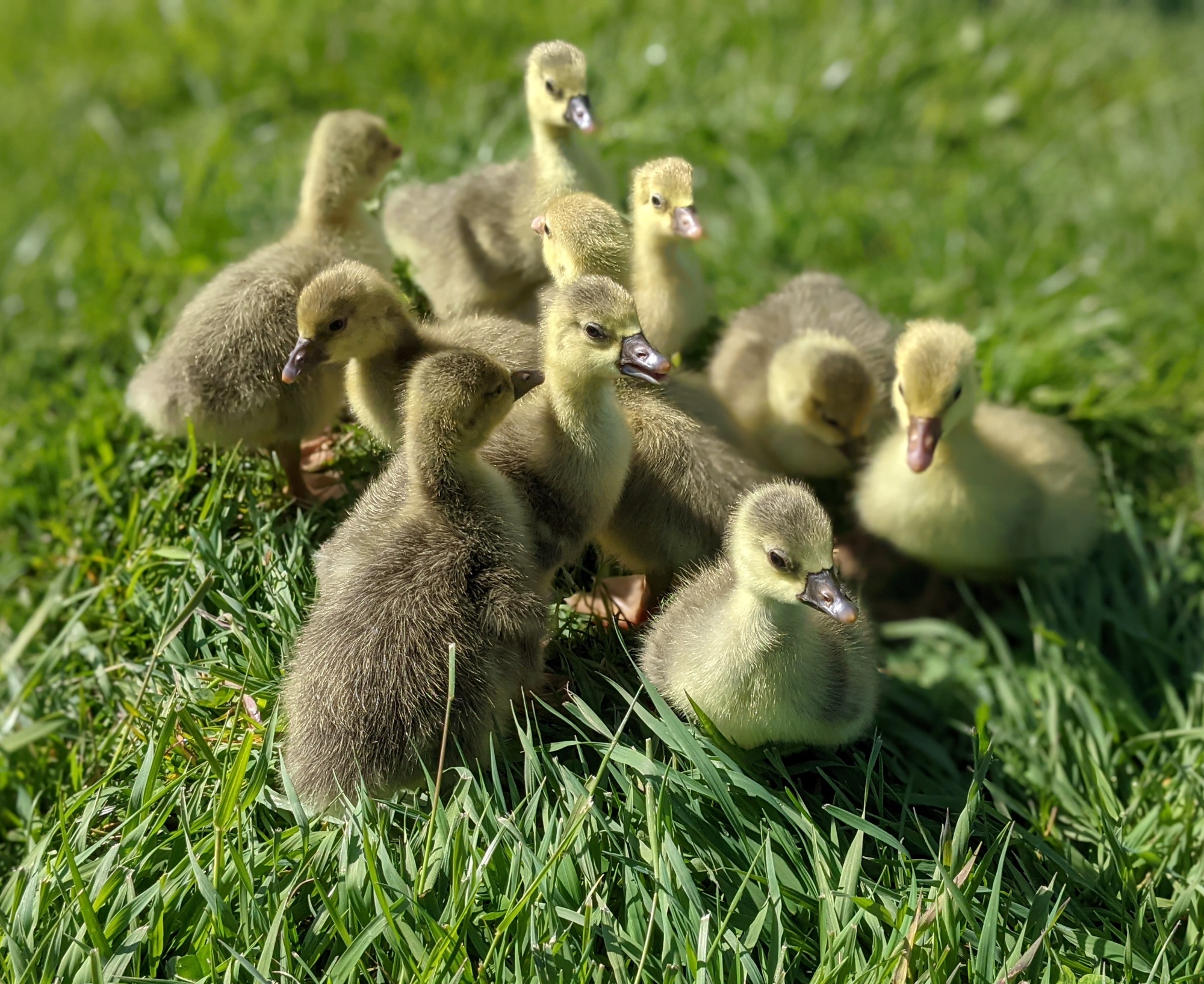
Importantly, they’re also less water-intensive than most breeds of ducks (except Muscovy, which are arguable more similar to geese than mallard-derived ducks), they don’t dig holes in wet areas, and they relish eating healthy, chemical free grass and plants.
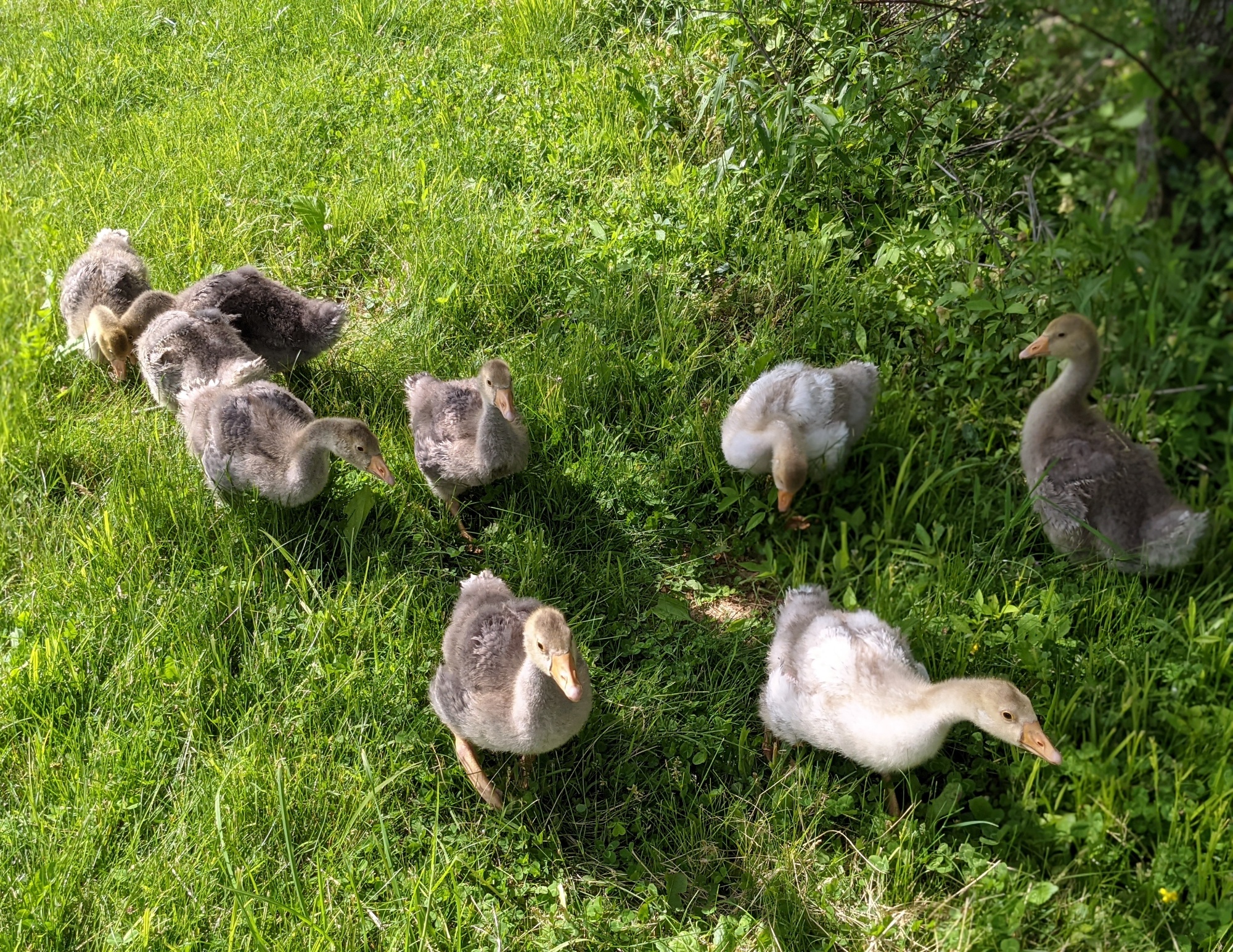
As a pasture-centered farm, geese have been a rewarding addition that we foresee being a core part of our operation now and in the future.
Read more: check out my article on pasturing waterfowl in the June/July issue of Mother Earth News!
